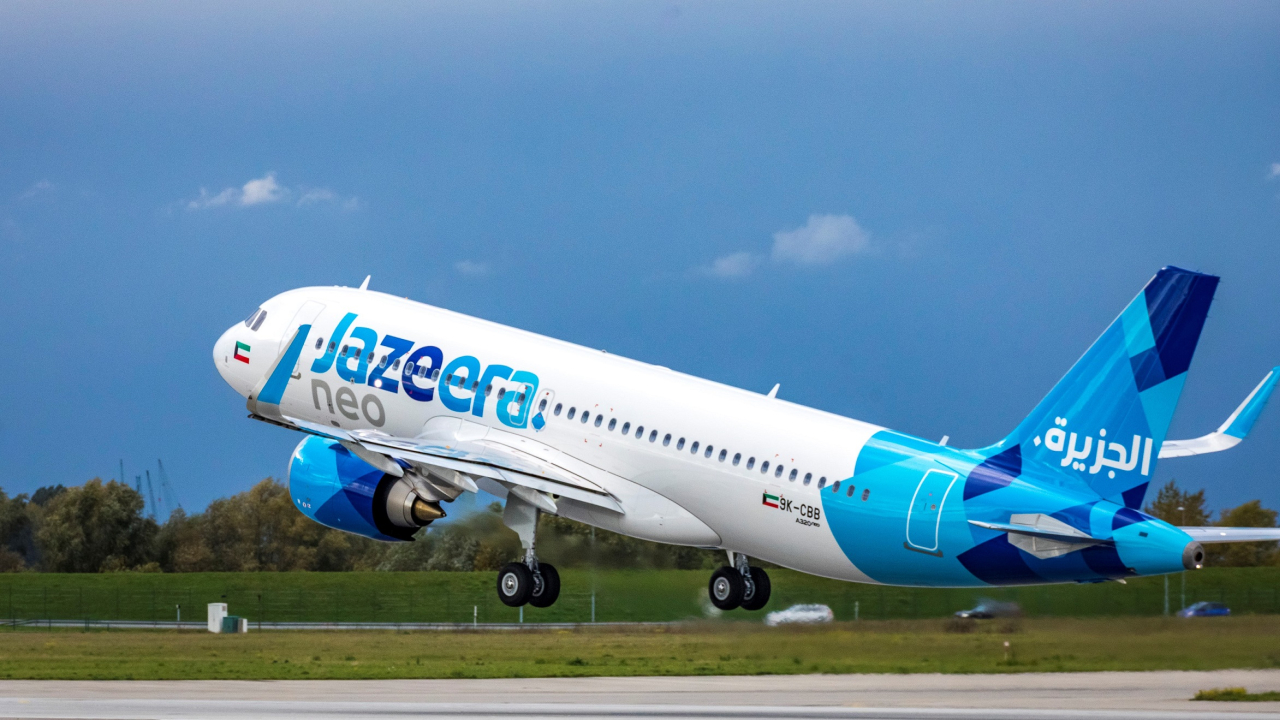US safety board calls for urgent 777 engine redesign

The engines are featured on the six Boeing 777-200ER engines flown by Emirates. The Dubai-based airline has options for five more.
The NTSB is issuing the recommendations in response to the findings of two investigations, those that caused the Heathrow crash and an in-flight incident on -200ER aircraft using the Rolls-Royce RB211 Trent 800 engines. The NTSB cited a build-up of ice (from water normally present in jet fuel) on the fuel/oil heat exchanger (FOHE) that restricted fuel flow to the engines resulting in an un-commanded engine rollback.
Ice accumulation on the inlet face of a Rolls-Royce RB211 Trent 800 Series Fuel/Oil Heat Exchanger during testing
While the BA Heathrow crash is still under investigation by the UK’s Air Accidents Investigation Branch the second incident occurred last November. A Delta 777 experienced a single un-commanded rollback but was able to recover engine performance using Boeing’s published procedure.
The NTSB said that testing in support of the UK accident investigation led Boeing to develop procedures to help prevent ice accumulation, and to recover thrust in cases of ice blockage. As more information from the Delta rollback event was developed, Boeing modified the procedures, which became the basis of an airworthiness directive issued by the Federal Aviation Administration (FAA), it said in a statement.
It added that while the procedures may reduce the risk of a rollback in one or both of the engines due to ice blockages on the FOHE, they do add complexity to the pilots’ operations and that the level of risk reduction is not yet well established. And that because the recovery procedure requires a descent this would expose the aircraft to other risks such as rising terrain or hazardous weather, or not being able to achieve maximum thrust during a critical phase of flight such as a go around.
The NTSB said that Rolls-Royce indicated on February 23 that a redesign of the FOHE was underway and that the British engine manufacturer anticipated the component to be certified and ready for installation within 12 months.
"With two of these rollback events occurring within a year, we believe that there is a high probability of something similar happening again," said NTSB ccting chairman Mark Rosenker. "We are encouraged to see that Rolls-Royce is already working on a redesign, and we are confident that with the FAA and EASA [European Aviation Safety Agency] overseeing the process, this flight safety issue - even one as complex as this - will be successfully and expeditiously resolved."
Stay up to date
Subscribe to the free Times Aerospace newsletter and receive the latest content every week. We'll never share your email address.

